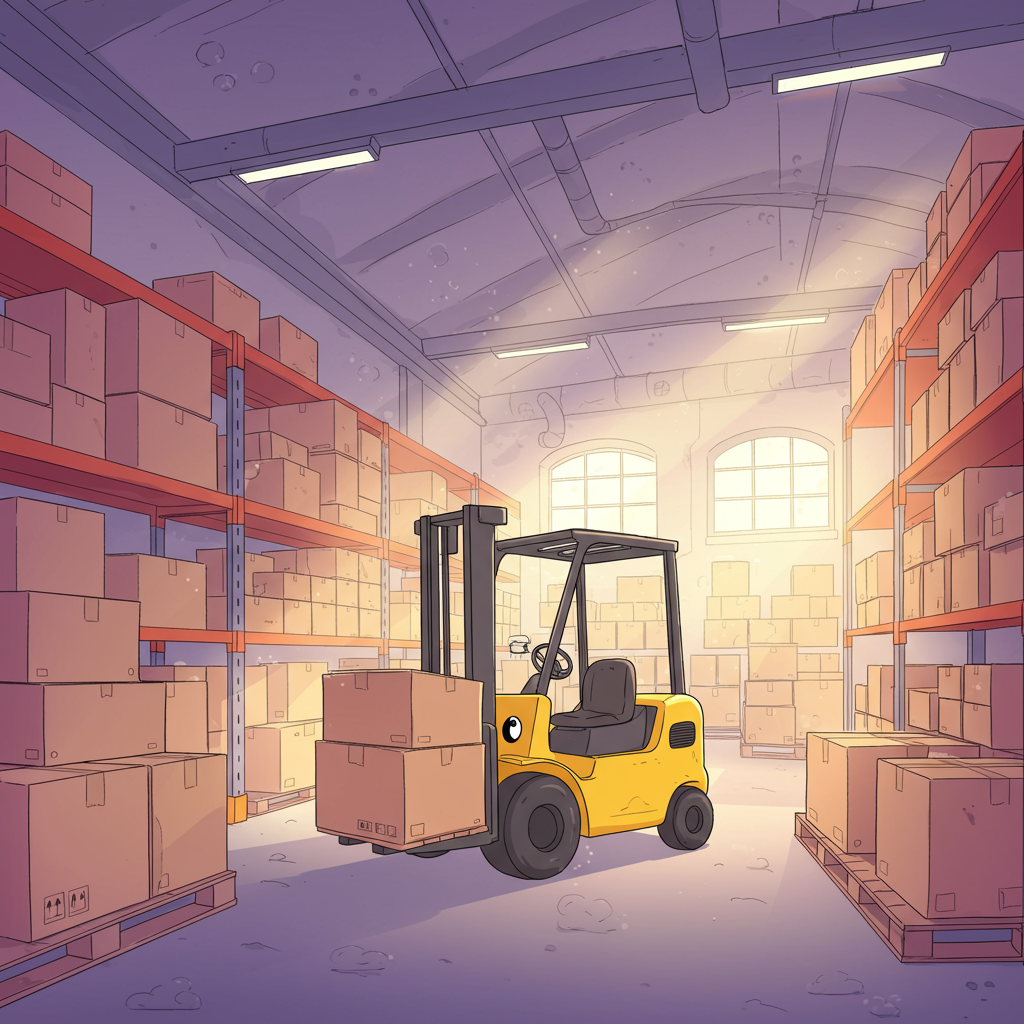Choosing the Right Logistics Partner to Scale Your E-commerce Business with Confidence
As a Shopify merchant, I’ve experienced firsthand the exhilarating highs of a successful product launch and the daunting lows of trying to keep up with order fulfillment.
When my business started to scale, I quickly realized that packing boxes in my garage, printing labels, and making daily trips to the post office was simply not sustainable.
It was eating into my time, my space, and most importantly, my ability to focus on what truly mattered: product development, marketing, and customer engagement.
This is where the concept of a Third-Party Logistics (3PL) provider became not just an option, but a necessity for my e-commerce growth.
A 3PL is essentially an outsourced partner that handles all aspects of your supply chain, from warehousing and inventory management to order fulfillment, shipping, and even returns.
For Shopify store owners like us, partnering with the right 3PL can be a game-changer, freeing us from the operational burden and allowing us to scale without limits.
One of the most significant benefits I’ve found is the substantial cost savings. 3PLs operate on economies of scale, meaning they get better shipping rates and can optimize warehousing costs far beyond what an individual merchant could achieve.
Beyond the direct financial savings, the time I’ve reclaimed is invaluable. Instead of spending hours on fulfillment, I can now dedicate that energy to strategic planning, marketing campaigns, and improving my product line.
Scalability is another huge advantage. During peak seasons like Black Friday or Cyber Monday, a good 3PL can effortlessly handle massive spikes in order volume, something that would have overwhelmed my small operation.
They bring a level of expertise that’s hard to match. From navigating complex international shipping regulations to optimizing pick-and-pack processes, 3PLs are specialists in logistics.
This expertise directly translates to improved customer satisfaction. Faster, more reliable shipping, accurate order fulfillment, and professional handling of returns all contribute to a better experience for my customers.
When I started looking for a 3PL, the first thing on my checklist was seamless integration with Shopify. This is non-negotiable; your orders need to flow automatically from your store to their warehouse.
The location and network of the 3PL are also critical. Having warehouses strategically located closer to my customer base means faster delivery times and often reduced shipping costs.
Understanding the pricing structure was another deep dive for me. I learned to look beyond just the headline numbers and scrutinize every potential fee: storage, pick & pack, shipping, kitting, and even return processing. Transparency is key.
The technology and software they offer are equally important. I needed a robust Warehouse Management System (WMS) that provided real-time inventory tracking, order status updates, and comprehensive reporting.
Excellent customer service and clear communication channels were high on my list. I wanted a partner who was responsive, proactive, and ideally, provided a dedicated account manager.
I also considered specialized services. Does my product require kitting, custom packaging, or specific handling? Can they manage returns efficiently? Do they offer international shipping solutions?
The ability of the 3PL to scale with my business was paramount. I didn’t want to outgrow my logistics partner in a year or two. Their infrastructure and capacity needed to align with my long-term growth projections.
Finally, I always check their reputation and reviews. What do other Shopify merchants say about their experience? Are there consistent complaints about accuracy, communication, or hidden fees?
Based on my research and experiences, a few 3PLs consistently stand out for Shopify merchants. ShipBob, for instance, is renowned for its robust technology, distributed network of fulfillment centers, and strong integration capabilities.
Deliverr, now a core part of the Shopify Fulfillment Network, offers incredibly fast shipping options and transparent, all-inclusive pricing, making it a strong contender for brands prioritizing speed.
For businesses with heavy, bulky, or high-value items, Red Stag Fulfillment often comes up. They boast impressive accuracy guarantees and specialize in handling challenging products.
ShipMonk provides a broad range of services, from crowdfunding fulfillment to retail dropshipping, all backed by their proprietary software, making them versatile for various business models.
Whitebox offers a more comprehensive, full-service approach, acting almost as an extension of your brand, handling everything from fulfillment to marketplace management.
My process for vetting a 3PL always starts with clearly defining my specific needs and pain points. What are my average order volumes? What are my product dimensions? What are my target shipping speeds?
Then, I request detailed quotes from several providers, ensuring I compare apples to apples. I ask very specific questions about their Shopify integration, their Service Level Agreements (SLAs), and any potential hidden costs.
I always try to speak with existing clients or check independent reviews. If possible, I recommend starting with a smaller batch of inventory to test the waters before fully committing.
A common pitfall I’ve seen merchants fall into is not fully understanding the pricing model, leading to unexpected costs. Another is poor communication, which can quickly derail operations.
Neglecting the importance of seamless Shopify integration or failing to assess a 3PL’s scalability can also lead to significant headaches down the line.
In conclusion, choosing the right 3PL is one of the most impactful decisions you can make for your Shopify store’s growth and profitability. It’s an investment in your future, allowing you to focus on what you do best.
It’s about finding a partner who understands your business, integrates seamlessly with your platform, and can scale with your ambitions.
What are your thoughts on this guide, and what challenges have you faced with fulfillment in your Shopify journey? I’d love to hear your perspective.






